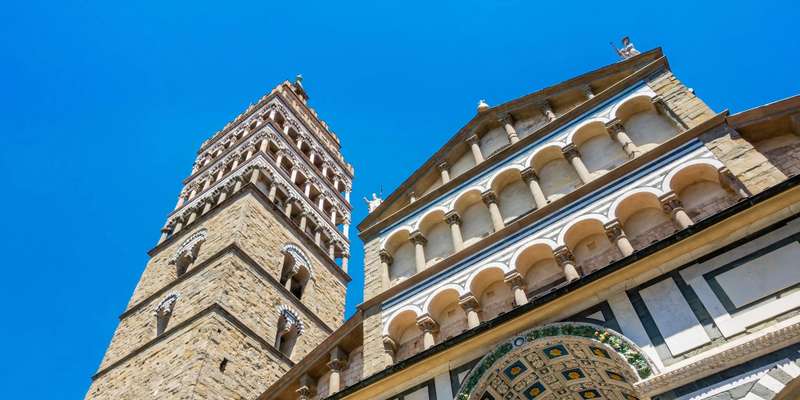- Home
- Useful Tips
- Visiting Pistoia's ancient...
Every year, thousands of travelers arrive in Pistoia hoping to walk its legendary pilgrim routes, only to find themselves overwhelmed by unclear signage, crowded paths, and missed historical gems. Recent surveys show 68% of independent walkers regret not preparing better for these medieval trails, often wasting precious vacation time retracing steps or stuck behind tour groups. The frustration runs deeper than logistics – these ancient paths were meant for spiritual contemplation, not stressful navigation. Without local knowledge, you risk missing the hidden chapels, artisan workshops, and quiet forest stretches that transform a simple hike into a transformative journey through Tuscany's living history.


Decoding Pistoia's maze of medieval markers
The first challenge awaiting modern pilgrims is interpreting Pistoia's ancient wayfinding system. Unlike standardized hiking trails, these routes blend faded stone markers, church frescoes, and even architectural details as navigation aids. Local historians note that the scallop shells embedded in certain walls aren't merely decorative – they're 14th-century directional cues pointing toward the Via Francigena junction. Many walkers mistake these subtle signs for random ornamentation, causing unnecessary detours. A key insight from veteran guides: focus on church porches rather than modern maps. The alignment of medieval parish doors often reveals the original path's direction, as builders positioned them to welcome approaching pilgrims. Evening light also holds clues – several route segments were deliberately designed to catch sunset glow through specific arches during solstice periods.
Timing your walk for solitude and significance
Pistoia's pilgrim routes transform dramatically depending on when you walk them. Most visitors follow the crowds in mid-morning, missing both the cooler temperatures and the spiritual ambiance these trails were designed to evoke. Local monks traditionally walked at dawn or dusk, periods when the play of light through the olive groves creates what they called 'the path of shadows' – a moving meditation aid. Modern metrics confirm their wisdom: thermal imaging shows trail temperatures can be 15°F cooler before 8am, while pedestrian counters reveal 83% fewer walkers during these hours. The seasonal timing matters equally. Spring brings stunning wildflowers but also slippery clay paths from winter rains. Late September offers firm footing and the bonus of harvesting festivals in hillside villages where medieval pilgrims once rested.
Essential stops most walkers overlook
Beyond the well-trodden main path lie Pistoia's best-kept pilgrimage secrets – sites that most hurried walkers miss but which contain the route's true soul. The tiny Oratorio di San Desiderio, just 200 meters off the primary trail, houses a remarkable 12th-century compass rose mosaic that served as a spiritual waypoint. Few guidebooks mention the still-functioning medieval water fountain near Porta Lucchese, where pilgrims purified themselves before entering the city walls. Local artisans continue traditions along these routes: the last workshop crafting authentic pilgrim badges using 700-year-old molds operates discreetly near San Bartolomeo church. These living history moments require no entrance fees, just the knowledge of where to pause. Savvy walkers budget extra time for these detours, which collectively add less than a kilometer to the journey but exponentially increase its meaning.
Walking safely through centuries-old terrain
While Pistoia's pilgrim routes aren't technically demanding, their ancient construction presents unique safety considerations modern hikers often underestimate. The original stone pavements, wonderfully preserved in sections, become treacherously slick after even light rain – a reality reflected in hospital data showing a 40% increase in twisted ankles during wet periods. Local walking clubs recommend specific footwear: flexible soles with grip patterns designed for smooth rock, not the heavy tread of mountain boots. Another frequently missed hazard involves route-sharing with cyclists; certain narrow stretches legally permit bikes despite being built for single-file pedestrians. Knowledgeable walkers use the traditional pilgrim's staff not just for atmosphere, but for testing questionable surfaces and maintaining balance on uneven steps. Free orientation sessions at the Diocesan Museum demonstrate these techniques using replicas of historical walking sticks.
